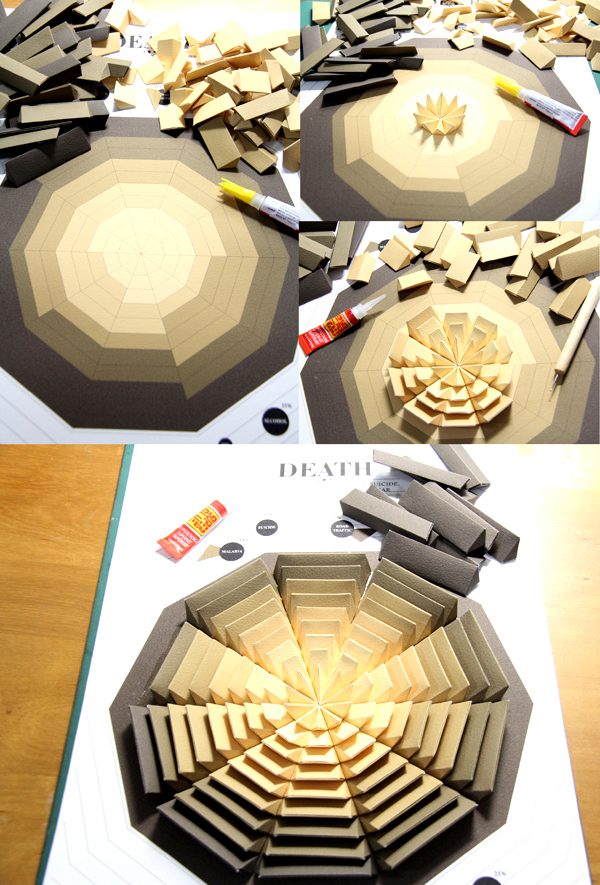A Quiet Place
I don’t listen to music when I’m working on the computer – unless it’s mindless production work where my brain doesn’t require intense concentration. If I’m listening to anything, it’s usually something ambient or neutral (like brown noise, or sounds from nature). I like it quiet when I’m working creatively.
The same is true for for visual noise. I (try to) keep my computer and actual desktops clear of shit.
But even if my computer desktop is clean, I still have to deal with application windows stacked on top of application windows …stacked on top of application windows. It looks noisy. Messy.
Thanks to my friend Ryan, I’ve now solved this problem with Spirited Away.

Spirited Away is an invisible program that runs in the background and listens for inactive programs. When you haven’t used a program for a certain period of time, it hides it.
I’ve only been using it for a few hours now, but I love it.
Perhaps this also a side effect of using an iPad and an iPhone more and more. I’m getting accustomed to only seeing one program at a time. Multi-tasking is great when you have focus. And Spirited Away helps me get back some focus.
Some people might say it’s simply a matter of quitting out of programs you’re not using, but I’ve found that by simply not seeing the program, it’s almost the same as them not running. It also saves me the time of relaunching them.
Spirited Away is free, but I donated to the developers. I like supporting independent developers producing smart work.







